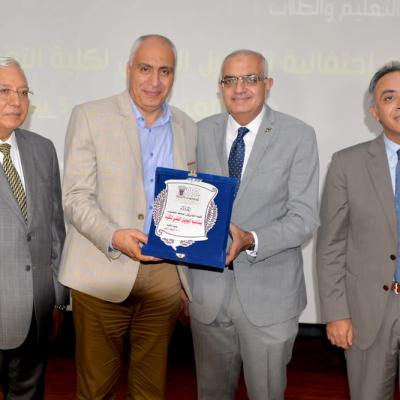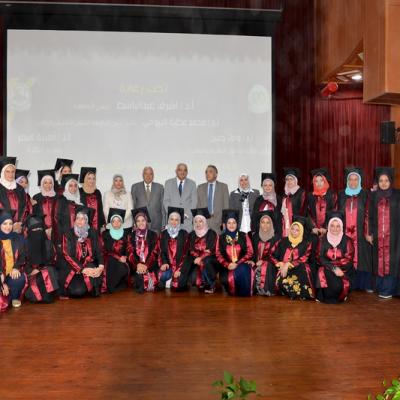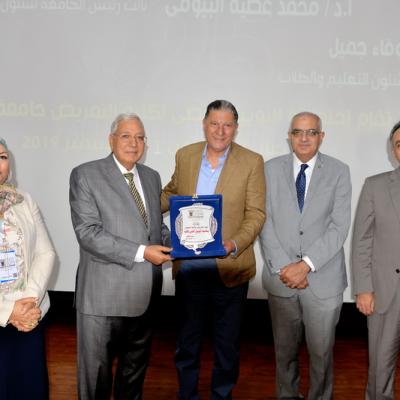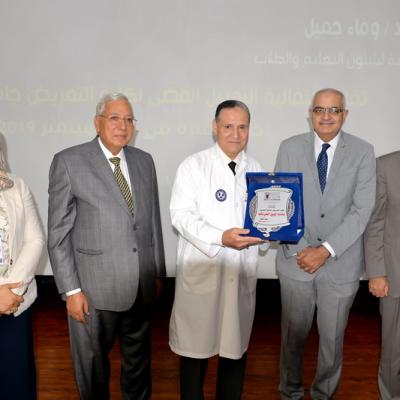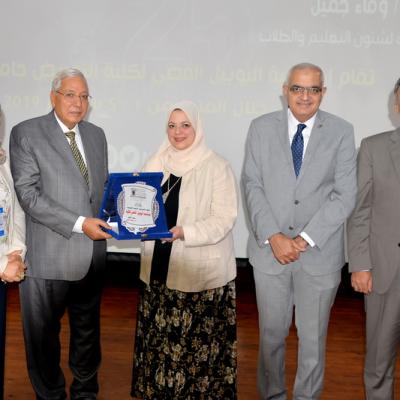In a remarkable scientific milestone, a recent discovery by the Mansoura University Vertebrate Paleontology Center has been featured on the cover of the April issue of ScienceVega, a leading UK-based educational magazine that simplifies science for students in schools and universities.
The discovery involves the naming of a new genus of predatory mammals that lived in Egypt around 30 million years ago, as well as the reclassification of another genus that was originally discovered more than 120 years ago. Dr. Tarek Ghalwash, Vice President of Mansoura University for Higher Education, expressed his pride in the achievement, noting that it reflects the university’s leadership in scientific research and its ongoing support for researchers and innovators.
The magazine conducted a special interview with Dr. Shrouk ElAshkar, lead author of the study and a member of the “Sallam Lab” team led by Dr. Hesham Sallam, founder of the Vertebrate Paleontology Center at Mansoura University. The interview explored the significance of the discovery, which was distributed to more than 500 teachers across 350 schools in the UK, reaching over 175,000 students, in addition to numerous universities and scientific institutions around the world.
The discovery stems from a field expedition to Egypt’s Fayum Depression in 2020 and took five years of dedicated research before being published in the prestigious Journal of Vertebrate Paleontology. The study has received wide media attention, appearing in 449 international outlets, including 106 direct links on the Taylor & Francis platform. It ranked sixth among the most impactful studies published by the academic publisher in 2025 and 13th in the journal’s history in terms of impact.
This achievement further solidifies the role of Mansoura University and the “Sallam Lab” in placing Egypt on the global scientific map in the field of vertebrate paleontology.
 English
English  اللغة العربية
اللغة العربية 




